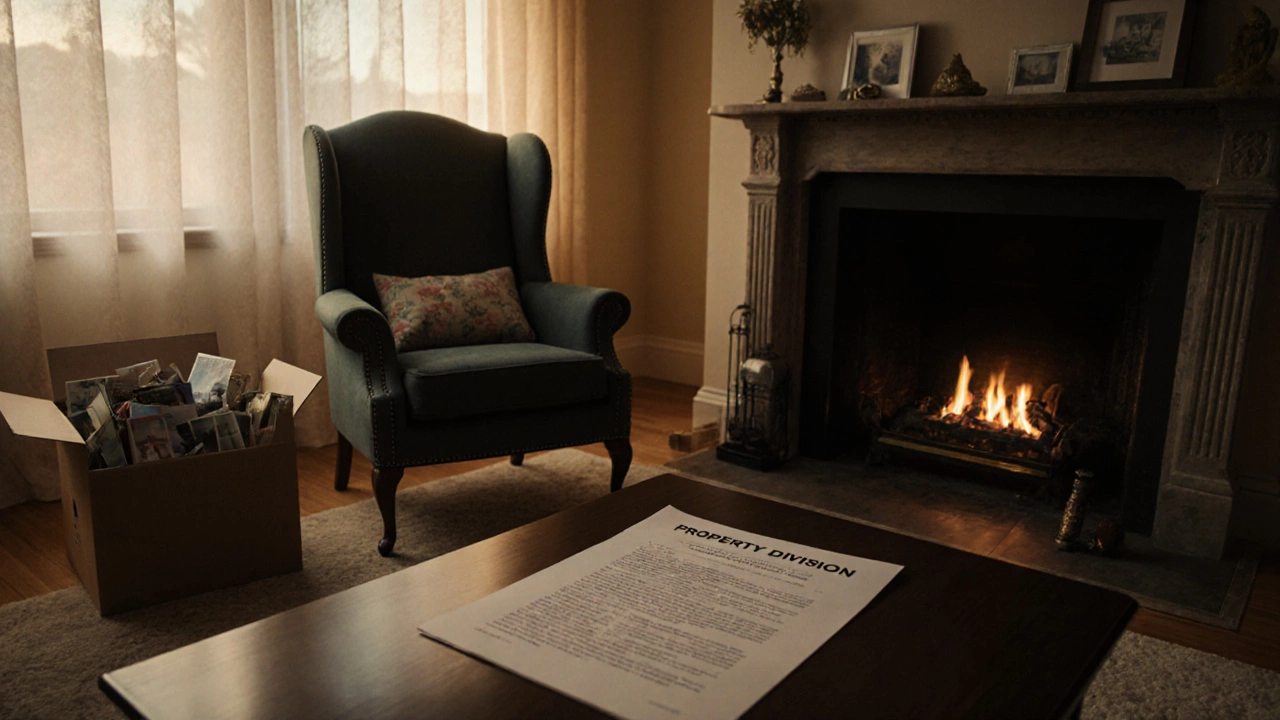Child Custody in India: A Practical Guide for Parents
Facing a custody battle can feel overwhelming, but you don’t have to navigate it blind. In India, the courts focus on the child’s welfare, not on who wins the fight. Below we break down the basics, the steps you’ll face, and tips to keep the process smooth.
Who Decides Custody and Why
The term “custody” actually covers two things: physical custody (where the child lives) and legal custody (who makes major decisions like education and health). Courts usually start with the best‑interest of the child test. They look at the child’s age, relationship with each parent, the parents’ moral character, and the child’s own wishes if they’re old enough.
In most cases, fathers and mothers share joint legal custody, but physical custody often goes to the parent who can provide a stable environment. If both parents are fit, the court may order a shared arrangement, letting the child split time between homes.
Steps to Get Custody
1. File a petition in the family court of your district. Include details about the child, your relationship, and why you think your proposed arrangement serves the child’s best interests.
2. Serve notice to the other parent. They have a chance to respond, and the court may ask both sides to attend a mediation session first.
3. Prepare evidence: school records, medical reports, and any proof of the other parent’s neglect or instability. Witness statements from relatives or teachers help too.
4. Attend hearings. The judge may order a social worker’s report or a psychologist’s assessment of the child’s needs.
5. Receive the order. Once the court decides, you’ll get a formal custody order that details living arrangements, visitation schedules, and decision‑making rights.
If the other parent doesn’t follow the order, you can file a contempt petition to enforce it.
Remember, you can also reach an out‑of‑court agreement that the judge later approves. This saves time, money, and stress for the child.
Some common pitfalls include ignoring court deadlines, failing to keep detailed records, and making false statements. Honesty and documentation go a long way.
Lastly, keep the child’s routine as normal as possible. Consistent school attendance, medical care, and emotional support reassure the little one that life isn’t falling apart.
Child custody doesn’t have to be a perpetual battle. By understanding the legal framework and staying organized, you can protect your child’s future while keeping the process manageable.

Who Is Most Likely to Get Custody of a Child? Real Factors That Decide Child Custody in New Zealand
Who is most likely to get custody of a child? In New Zealand, custody isn't about gender-it's about who provides the most stable, loving, and consistent care. Learn the real factors courts consider and how to protect your child's best interests.

What Will I Lose If I Get Divorced? Real Costs Beyond Emotion
Divorce in New Zealand means losing half your assets, control over your home, time with your kids, and part of your super. Understand what's really at stake before you take the step.

Who Wins Most Child Custody Cases? Exploring the Truth
Child custody battles can be stressful and are influenced by various factors. Understanding who usually wins these cases, the role of the court, and factors influencing decisions, can help parents navigate the system better. Explore interesting insights and tips that can aid parents in preparing for custody cases and advocating for their children's best interests.